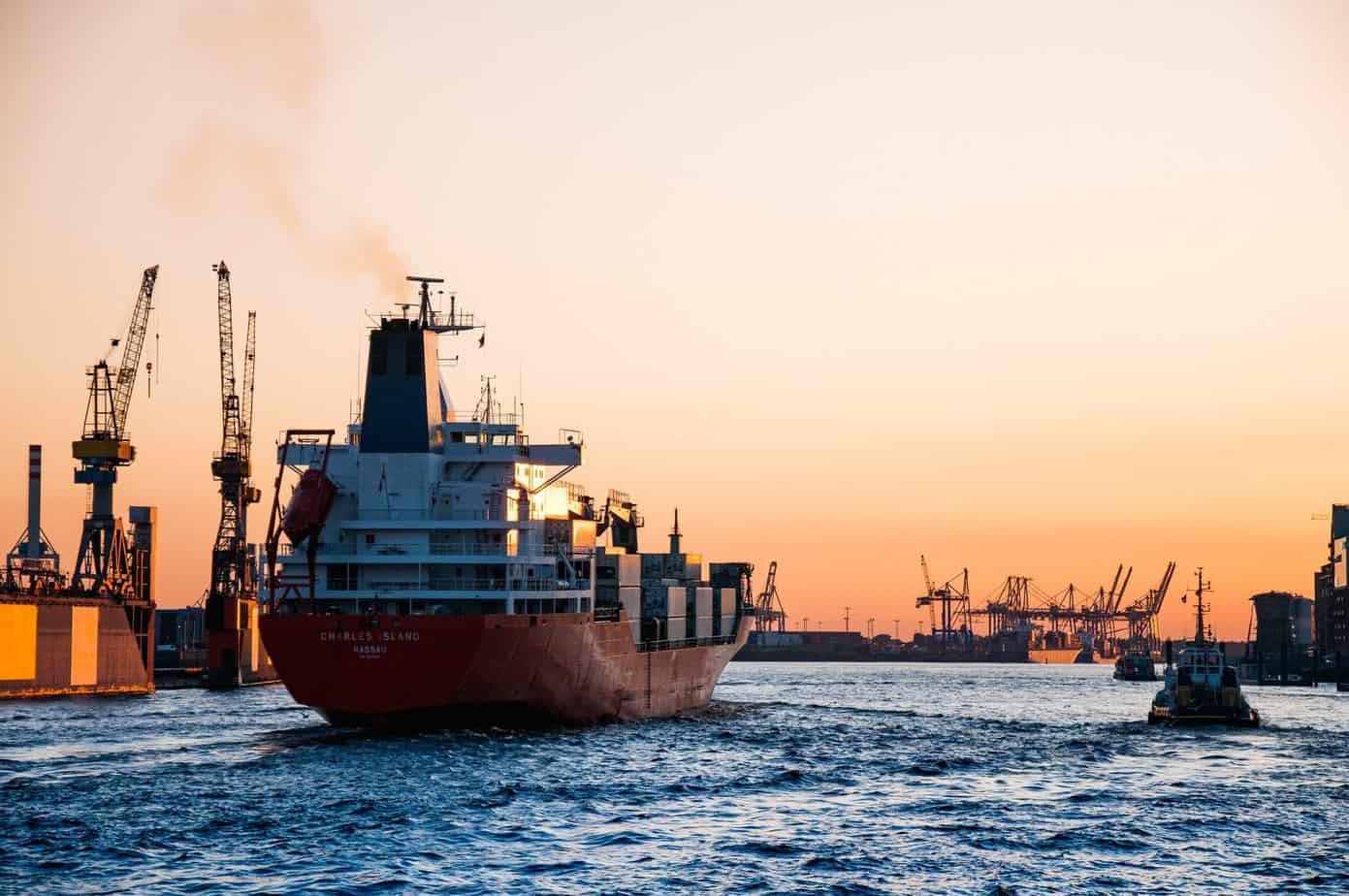
Lubricating oil is among of the critical elements for operating any type of machinery on a ship. It is responsible for the cooling and lubrication of the components which are operating in conjunction with each other, causing frictional wear and other kinds of mechanical stress. Without the presence of lubricating oil, any type of mechanical operation onboard is impossible.
Different grades and types of lubricating oils are available for equipment, depending upon the operation, working condition, and specific requirements of the machinery involved. For marine engines, it is always critical that operators select the highest grade of lubrication oil that can be employed as cylinder oil or crank case oil. The lubricating oil is most often selected based on the attributes which can improve a ship’s engine operation and effectively reduce the rate of wear and as a result, the cost of equipment maintenance.
Understanding the functions of lubricating oil on ships
Lubricants used onboard must fulfil many of the standard capabilities of any lubrication solution, however maritime applications come with their own unique challenges based on their operating environments, large size and demanding work rates.
Onboard lubricants must completely separate contact surfaces to reduce both dynamic and friction to the least value possible to prevent unwanted wear and tear. They must also protect parts by removing excessive heat generated in the bearing. Lubricants must also act as a sealant and help with the effective removal of contaminants from mechanical systems and dampen noise while cushioning parts against pressure. Finally, they must also protect all working surface from corrosive forces.
Examining the properties of lubricating oils on ships
Below, we’ll look at some of the required properties of lubricating oils used with marine machinery and equipment.
Viscosity measures the internal resistance to flow that exists between liquid layers. When temperatures rise, the viscosity of lubricating oil reduces and increases under colder temperatures. Oils with lower viscosity index (VI) have a greater change in viscosity with changes in temperature, while an oil that has a high VI has little change in viscosity with a change in temperature. As a result, high VI lubricating oils are sought-after solutions for ships. For instance, for a cylinder oil a VI of 85 is ideal and for crankcase oil, a VI of 75-85 is suitable. For faster responses, onboard hydraulic systems require even higher viscosity solutions, with VI 110 oils usually deployed.
Alkalinity of the oil is also an important for marine engines. As fuel burns, fumes emitting carry sulphuric acid that causes corrosion. For four-stroke engines and trunk piston engines, lubricating oil is responsible for liner and piston lubrication. As it is in direct contact with combustible fuel, the alkalinity is vital to control acidic corrosion.
Oxidation resistance is key. Lubricating oil is in constant contact with air and as a result, oxygen in oil is inevitable. Oil at high temperatures sees an increased rate of oxidation rate and can lead to acid production, sludge formation and bearing corrosion. To combat this issue, additives are included in formulas which are antioxidant.
Load capacity is another important characteristic of a ship’s lubricating oil which is dependent on oil viscosity. The load subjected to various internal marine engine parts is extremely high. As a result, the load bearing capacity of the oil must always be sufficient to withstand the pressure within the engine. Failure to achieve this results in oil being forced out, followed by metal-to-metal contact and mechanical damage.
Thermal conductivity is vital. A ship’s engine is always in movement generating heat. This heat energy must be transferred, or it can lead to thermal stress and wear on parts. The lubricating oil must cool parts downs to avoid this and have excellent thermal conductivity.
Additives are added to lubricating oils with detergency capabilities. These prevent the build-up of unwanted small deposits that can clog up the innerworkings of engines over time, causing inefficiency.
A lubricating oil’s flash point refers to the minimum temperature where the oil is vaporised to produce an ignitable mix of air. For marine lubricant, a higher flash point is usually chosen because if there is a significant temperature increase in the oil, a fire hazard can be prevented. Normally for a lubricating oil for ships, the flash point chosen will typically surpass 220̊ C.
Finally, from acids created by internal combustion to salts and rust, ships must contend with a multitude of contaminants. However, another contaminant that can reduce the effectiveness of a lubricating oil is water. While it is not a practical possibility to completely stop contamination of lubricating oils with water in a maritime application, it is possible to reduce the issue’s impact by selecting the right solution. Always choose an oil with a low demulsification number to facilitate easier water separation from the lubricant when it is stored within the settling tank or in the separator.








































